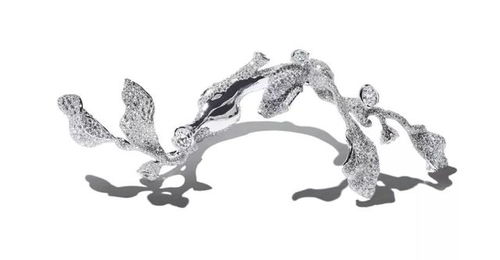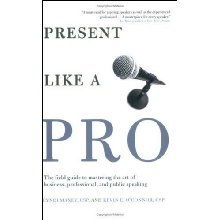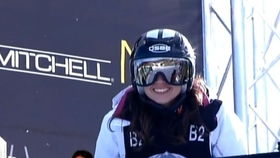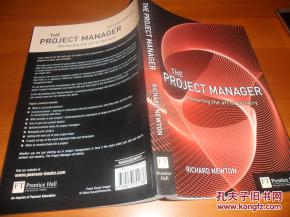Introduction:
The world of fishing is vast and varied, offering anglers the chance to chase after a myriad of species in different environments. Among the many exciting fish to target, the cobia, also known as the black kingfish, stands out for its impressive size and fight. This article delves into the art of catching cobia, providing essential techniques that will help you navigate the "cobia fishing world" and increase your chances of landing this magnificent creature.
Understanding Cobia Behavior:
Before we delve into the techniques, it's crucial to understand the behavior of cobia. These fish are known for their aggressive nature and can be found in tropical and subtropical waters. They are highly migratory and can be found in both inshore and offshore environments. Cobia are known to feed on a variety of prey, including fish, squid, and crustaceans, which makes them opportunistic feeders.
Choosing the Right Equipment:
To effectively target cobia, you'll need the right equipment. Here are some key pieces of gear you should consider:

Rod and Reel: A medium-heavy to heavy-duty rod with a fast-action tip is ideal for cobia. The reel should be capable of handling the fish's strength and the size of the line you'll be using.
Line: For cobia, 20 to 30-pound test monofilament or braided line is typically used. The line should be strong enough to handle the fish's brute strength.
Hooks: Use large, strong hooks, typically in the 7/0 to 9/0 size range. These should be sharp and suitable for the bait you plan to use.
Bait and Lures: Live bait such as mullet, bluefish, or mackerel can be effective, as can artificial lures like jigs, swimbaits, and bucktails.
Techniques for Catching Cobia:
Location is Key:
- Cobia are often found around structure, such as rocks, reefs, and wrecks. These areas provide cover and abundant food sources.
- Look for areas with a mix of deep and shallow water, as cobia can be found at various depths depending on the time of day and the season.
Timing is Everything:
- Cobia are most active at dawn and dusk, so these are the best times to fish for them.
- However, cobia can be caught throughout the day, especially in areas with abundant food sources.
Using Live Bait:
- Live bait is a favorite among cobia, and a well-presented mullet or mackerel can be irresistible.
- Rig the live bait with a leader of about 3 to 4 feet and a strong hook. Allow the bait to swim naturally, as a stiff presentation can spook the fish.
Artificial Lures:
- When using artificial lures, imitate the movements of the baitfish that cobia feed on.
- Jigs, swimbaits, and bucktails can be effective. Work them slowly and allow them to sink to the desired depth before retrieving them.
Chumming:
- Chumming can be an effective way to attract cobia to your area. Use a mix of fish oil, menhaden oil, and other fish parts to create a scent trail.
- Be mindful of local regulations regarding chumming, as it can impact other marine life.
Drift Fishing:
- Drift fishing is a popular technique for cobia. Let your boat drift over known cobia hotspots while you fish.
- Keep an eye on your sonar or fishfinder for signs of fish activity.
Setting the Hook:
- When a cobia strikes, set the hook quickly but gently. These fish are known for their powerful runs, so be prepared for a fight.
- Use a strong rod and maintain tension on the line to guide the fish to the boat.
Handling and Release:
- If you plan to release the cobia, do so carefully to minimize stress. Use a dehooking tool to avoid damaging the fish's mouth.
- Make sure to release the fish in an area where it can quickly swim to deeper water and avoid predation.
Conclusion:
Cobia fishing can be a thrilling and rewarding experience for anglers of all levels. By understanding the fish's behavior, using the right equipment, and employing effective techniques, you can increase your chances of landing this impressive species. Remember to respect the marine environment and practice ethical fishing practices to ensure the sustainability of cobia populations. Happy fishing!












